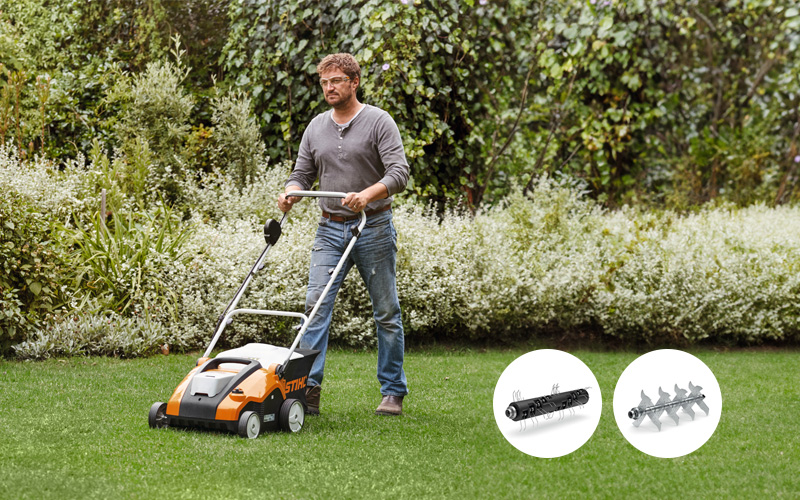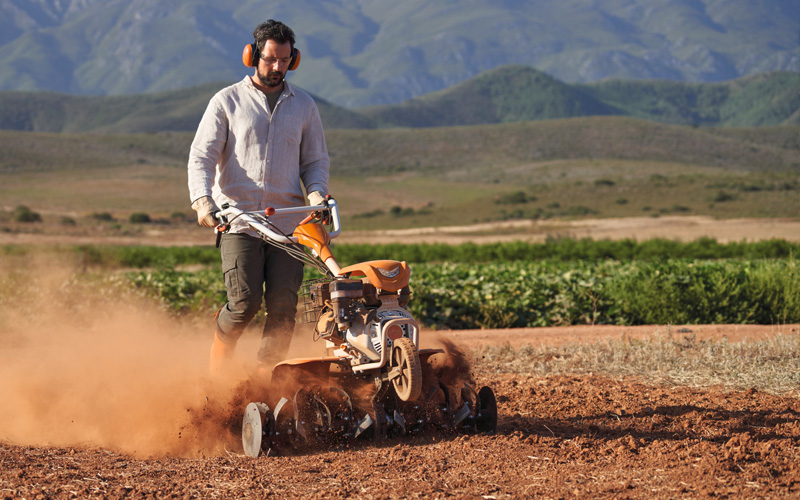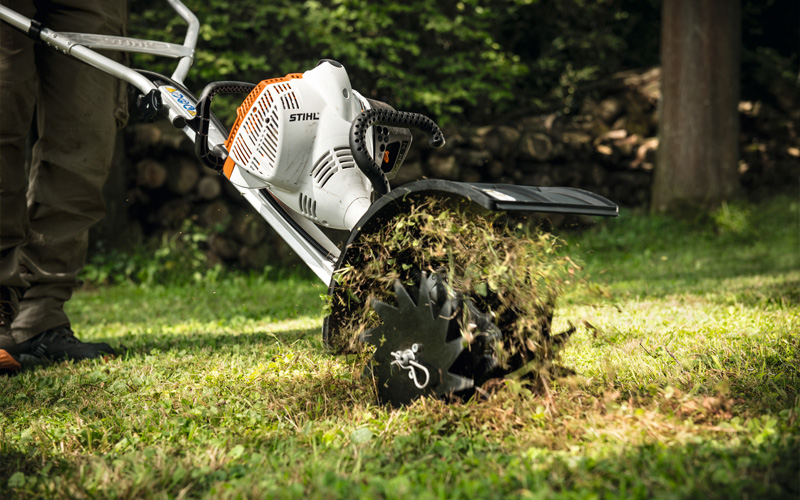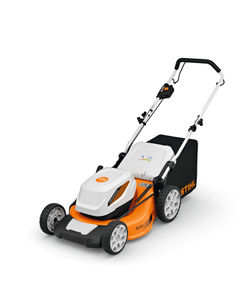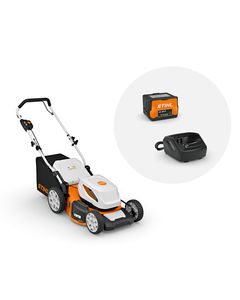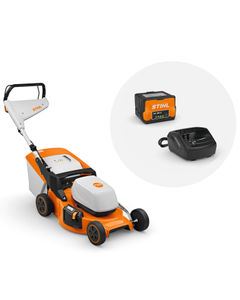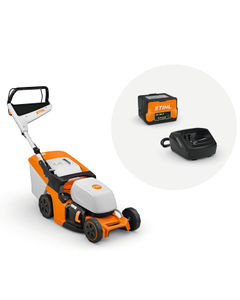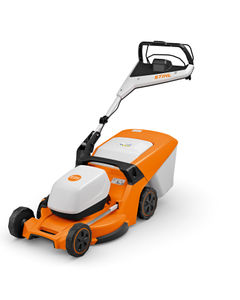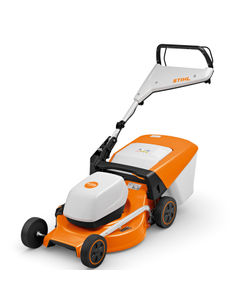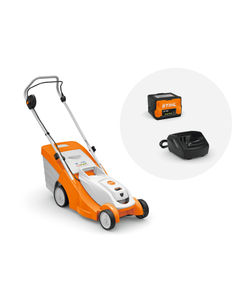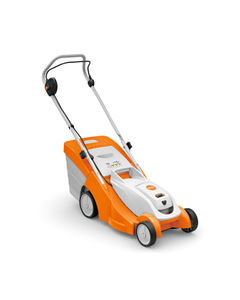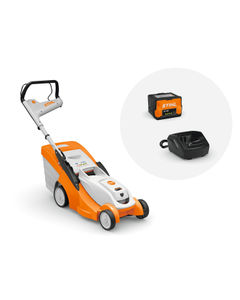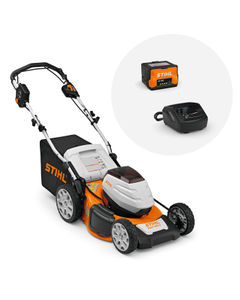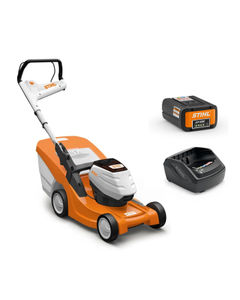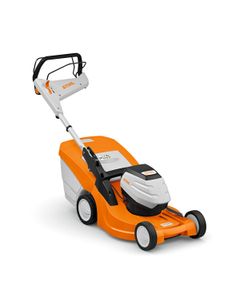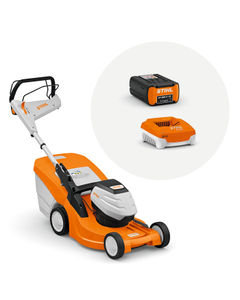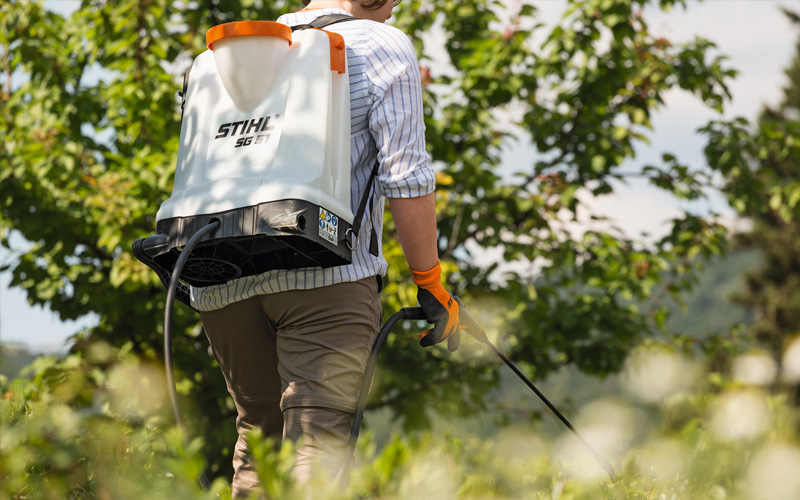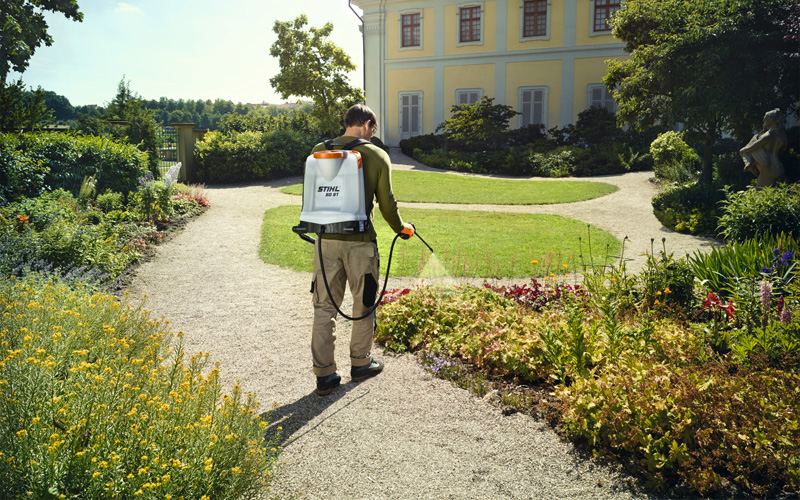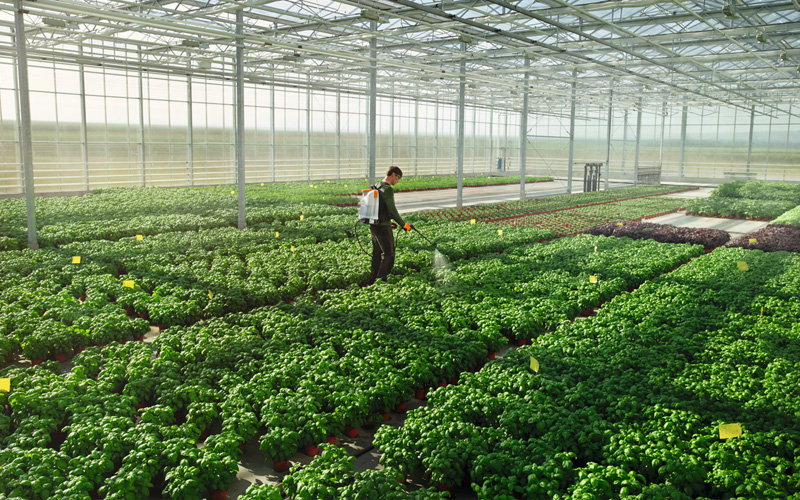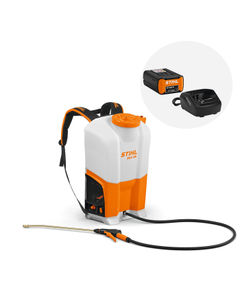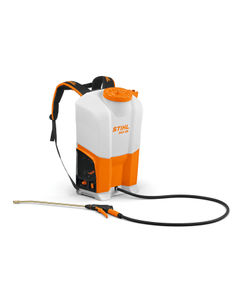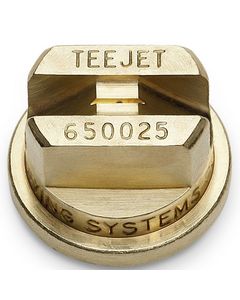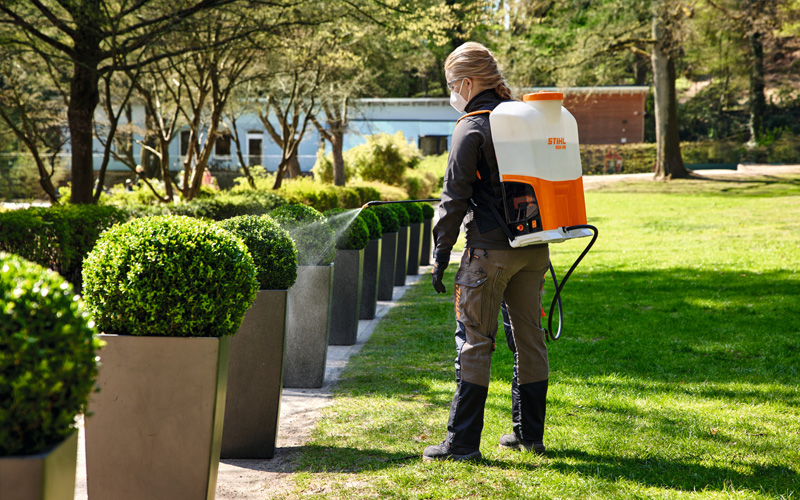Weed Control: Guide on Removing Weeds
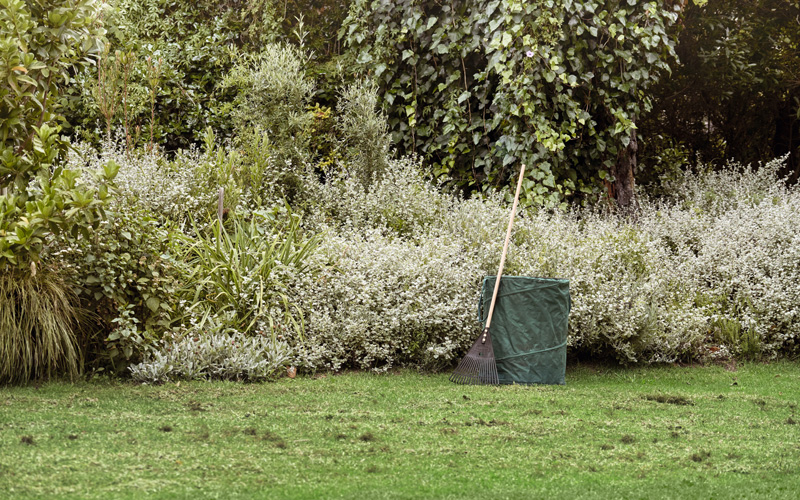
Weeds are unwelcome intruders that can seriously harm the beauty and health of your garden. They hinder plant growth, compete for essential resources, and can even lead to the demise of your cherished plants. Though completely eliminating them is a challenge, there are ways to manage it. By acting promptly, recognizing weed types and taking preventative steps, you can prevent the weeds from spreading and causing further harm to your garden. With our guide in hand, weed control is easy, take proactive steps to keep your garden thriving and weed-free.
IDENTIFYING WEEDS IN YOUR GARDEN
The first step to efficient weed control is identifying weeds in your garden. Keep an eye out for plants that don't fit the overall aesthetic of your garden or that seem to be growing more vigorously than your cultivated plants. Often, weeds have distinct characteristics such as rapid growth, unique leaf shapes, or even flowers that differ from the plants you intentionally planted.
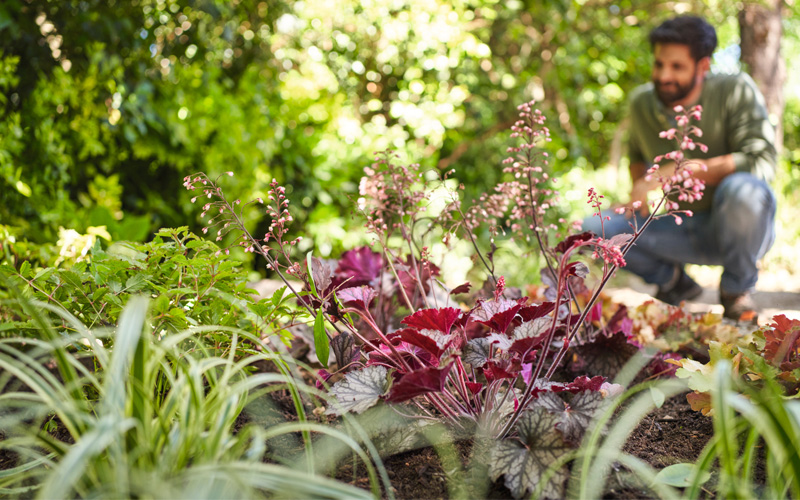
TYPES OF GARDEN WEEDS
The weeds you identify are likely to be one of these types:
BROADLEAF WEEDS
These weeds have wide leaves and are often easily recognizable. They can quickly spread and compete with desirable plants for nutrients and sunlight. Examples include dandelions and chickweed.
GRASSY WEEDS
Grass-like in appearance, these weeds can be challenging to differentiate from your lawn. They can form dense patches, ruining the uniformity of your garden.
CREEPING WEEDS
These low-growing weeds have a creeping or spreading habit, making them difficult to control. They can invade lawns, flower beds, and pathways. Examples include ground ivy / creeping speedwell and Couch grass.
PERENNIAL WEEDS
Perennial weeds return year after year, often from deep roots. They can be particularly stubborn and hard to eradicate. Examples include bindweed and Californian thistle.
ANNUAL WEEDS
Annual weeds complete their lifecycle in one season, growing from seed to seed within a few months. While their presence might be short-lived, they can still be invasive. Common examples are common purslane and redroot.
VINING WEEDS
These weeds climb and twist around plants, structures, or each other, often causing damage. They can rapidly cover large areas. Examples include morning glory and bindweed.
MOSS AND ALGAE
In damp and shaded areas, moss and algae can thrive, covering surfaces and creating an unsightly appearance. While not traditional weeds, they can still negatively impact your garden's aesthetics.
To remove moss we recommend using the STIHL RLA 240 Scarifier/Thatcher. It penetrates the moss, detaching it and creating the ideal conditions for grass to grow.
MECHANICAL WEEDING
Common tools for weed control found in many garages or tools sheds include Brushcutters, Linetrimmers and Lawnmowers which cut and remove weed plants before they can mature and produce seeds. By doing so, you can substantially reduce the weed seed bank in your garden or field, simplifying the management of weed populations over time.
Other Mechanical weeding tools include:
PLOUGHING & CULTIVATING
Ploughing involves turning over the soil using a plough or similar tool, burying weeds and disrupting their growth. This technique is often carried out with the use of tillers such as the STIHL MH 610 Petrol Tiller or STIHL MH 710 Petrol Tiller, which are specialized machines designed for soil cultivation.
OTHER MECHANICAL WEEDERS
Other options included specialized machines like the STIHL MM 56 Petrol Multi Engine, STIHL RLA 240 Scarifier/Thatcher, and CombiEngine + BF-KM attachment or tools such as finger weeders or torsion weeders which are designed to effectively eliminate weeds in between crop rows or targeted areas.
Mechanical weeding can be an effective and environmentally friendly method of weed control, especially in organic farming and sustainable agriculture, as it reduces the reliance on chemical herbicides. However, it requires careful timing and precision to avoid damaging the desired crops.
Here are a few key points to consider when using these mechanical tools for weed control:
REGULAR MAINTENANCE
Consistent and regular use of these tools is essential to keep weed growth in check. Weeds can grow quickly, so maintaining a regular schedule for cutting or trimming is important.
PROPER TECHNIQUE
Ensure that you use the tools correctly to cut weeds as close to the ground as possible. This prevents them from regrowing from the remaining stems.
SAFETY PRECAUTIONS
Always follow safety guidelines and wear appropriate protective gear when operating these tools, as they can be dangerous if not used correctly.
DISPOSAL
Properly dispose of the cut weeds, especially if they have already produced seeds. Composting or disposing of the cuttings may be necessary to prevent reseeding.
SELECTIVE CUTTING
In some cases, you may want to be selective about what you cut. For example, if you have plants mixed with weeds, be careful not to damage the plants while removing the weeds.
TIMING
Timing is crucial, cutting or trimming when the weeds are in their early growth stages can be more effective than waiting until they have fully matured.
By incorporating these practices into your weed management strategy, you can help prevent the spread of weeds and maintain a healthier and more weed-free garden or landscape.
REMOVING WEEDS MANUALLY
Manage your weeds effectively and get rid of unwanted weeds manually using these easy methods.
HAND PULLING WEEDS
One of the simplest methods involves manually removing weeds by hand. This method is best suited for smaller garden areas or when dealing with isolated weed infestations. Make sure to grasp the weed close to its base and gently pull while ensuring you extract the root to prevent regrowth.
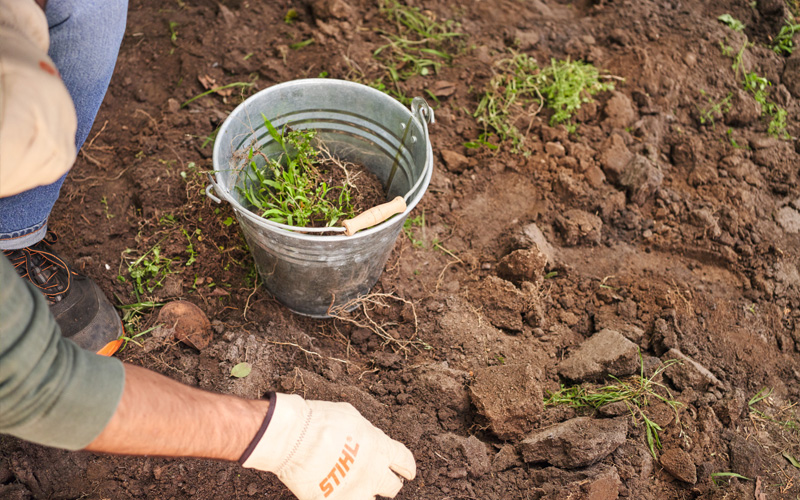
DIGGING WEEDS
For weeds with deeper roots, using a hand trowel can help you effectively dig out the entire plant, including its roots. This method is particularly useful for perennial weeds that tend to resprout if not fully removed.
There are also a variety of specialized weeding tools that are designed to make the process of removing weeds more efficient. These tools include dandelion pullers, weeders with extended handles, and corkscrew-style weed extractors. They are crafted to specifically target weeds and can greatly simplify the task.
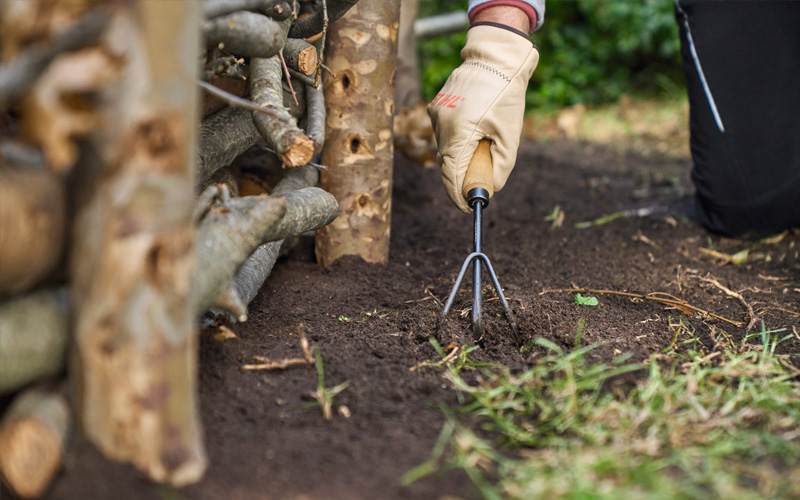
Removing weeds manually has both advantages and disadvantages.
ADVANTAGES OF REMOVING WEEDS MANUALLY
ENVIRONMENTALLY FRIENDLY
Manual weed removal avoids using chemicals, reducing the impact on the environment and beneficial insects.
PRECISION
Manual removal allows you to target specific weeds without affecting surrounding plants.
DISADVANTAGES OF REMOVING WEEDS MANUALLY
LABOUR-INTENSIVE
Manual removal can be time-consuming and physically demanding, especially for larger areas.
INCOMPLETE REMOVAL
If the entire root is not removed, some weeds may regrow.
REPETITIVE
Weeds can regrow, requiring ongoing efforts for maintenance.
BENDING AND KNEELING
Manual removal may require uncomfortable bending and kneeling.
The decision to manually remove weeds should be based on the scale of the task, specific characteristics of the weeds you're dealing with, and your commitment to a more environmentally conscious gardening approach.
WEED CONTROL MULCHING
Mulching is an easy and effective way to naturally fertilize your soil and control weeds. It's a simple process that involves covering the surface of your soil with a layer of organic or inorganic material. This layer helps to retain moisture, suppress weed growth, act as a protective layer against extreme weather conditions and add vital nutrients including nitrogen, phosphorus, and potash back into your soil. Mulching is a great alternative to chemical fertilizers and can improve the overall health of your garden.
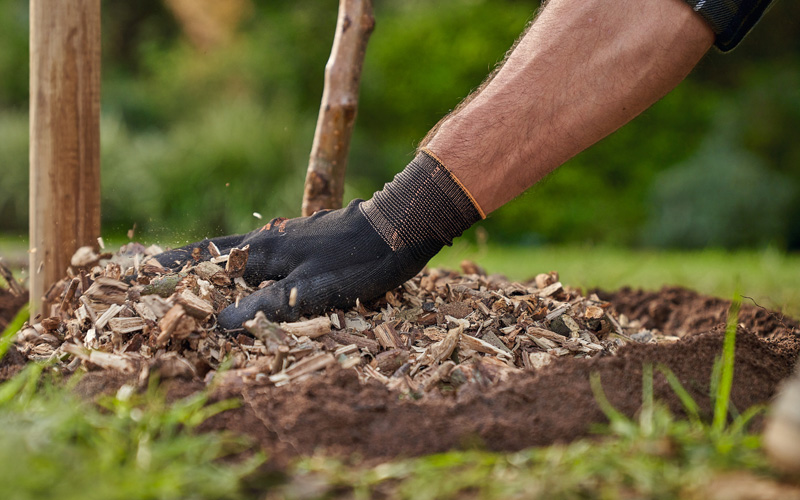
Here's a quick guide on how to mulch your garden effectively:
PREPARE THE AREA
Clear any existing debris, weeds, or grass from the area you want to mulch. This provides a clean canvas for the mulch to be applied.
CHOOSE THE RIGHT MULCH
Select an appropriate mulch material based on your garden's needs. Organic options include grass clippings, wood chips/shaving, leaves, bark mulch, straw, and compost, while inorganic options include gravel, sand, stone and rubber mulch.
SPREAD MULCH EVENLY
Spread a layer of mulch about 2-4 inches thick over the prepared area. Ensure an even distribution to provide consistent coverage.
WATER THOROUGHLY
After mulching, give the area a good watering to settle the mulch and help it integrate with the soil.
MAINTAIN MULCH DEPTH
Over time, mulch may decompose or compact. Check and replenish the mulch layer to maintain the recommended thickness.
MONITOR WEEDS
Regularly inspect the mulched area for any emerging weeds. Remove them promptly to prevent them from establishing.
By following these steps, you can efficiently mulch your garden to conserve moisture, suppress weeds, and enhance soil health.
Equipment needed for mulching typically includes a mulching mower, organic or inorganic mulch material and gardening gloves.
STIHL Cordless lawnmowers are equipped with catchers, making it easy to gather grass clippings while you mow. Once the catcher is emptied, these clippings can be repurposed for mulching. Moreover, certain STIHL Cordless lawnmower models come with a mulching kit. These kits incorporate specialized blades designed for mulching, efficiently shredding the cut grass as you mow and returning it to the ground as nutrient-rich mulch.
APPLYING HERBICIDES
If you're dealing with stubborn and recurring weeds that keep coming back or are hard to remove, using a herbicide might be a good option. Herbicide is a type of chemical substance specifically designed to control or eliminate weeds. They work by disrupting essential processes within the weed, eventually killing them. This is particularly useful for tough weeds that come back or have deep roots.
There are several types of herbicides available, each targeting weeds in different ways. It's essential to carefully choose the right kind of herbicide based on the specific weeds you're dealing with and the area you're treating. The key is to look for the active ingredient listed on the label, this tells you which herbicide it is and the concentration of it.
Let's break down Herbicide types and classifications.
TYPES OF HERBICIDES FOR WEED CONTROL
CONCENTRATES
These require dilution in water. It is highly recommended to use a dedicated sprayer or watering can for this.
READY TO USE
These come pre-mixed and ready to use. They are available in a range of sprayers.
GELS
Ideal for precise applications near desired plants or on windy days.
CONTACT HERBICIDES
Only affects weeds above ground, delivering quick results but not affecting the root, potentially leading to regrowth.
SELECTIVE HERBICIDES
Selective herbicides target specific types of weeds while leaving desired plants unharmed. This can be particularly useful for maintaining lawns and ornamental beds.
NON-SELECTIVE (SYSTEMIC) HERBICIDES
Absorbed through the leaves and traveling to the roots, this herbicide is particularly effective for clearing areas. It might take up to two weeks to show results. Be cautious when applying this, as it can harm any plant it comes into contact with.
PRE-EMERGENT
Pre-emergent herbicides can prevent weed growth by creating a barrier in the soil, reducing the need for constant intervention. They’re non-selective, so make sure you use them carefully.
When using any herbicide PLEASE READ THE LABEL THOROUGHLY to ensure that all instructions and safety requirements are followed.
To apply herbicides effectively and safely, you'll need a few essential pieces of equipment and gear: Protective Clothing, a sprayer, appropriate application tools, a water source, and cleaning supplies.
Using herbicides for weed control comes with both advantages and disadvantages. Here's a breakdown of the pros and cons:
ADVANTAGES OF HERBICIDES FOR WEED CONTROL
EFFECTIVE WEED CONTROL
Herbicides are designed to target and eliminate weeds efficiently, helping to clear unwanted vegetation from your garden or landscape.
TIME-SAVING
Herbicides offer a relatively quick solution to weed problems, especially when dealing with large areas or persistent weeds that are hard to remove manually.
LARGE-SCALE APPLICATION
Herbicides are suitable for treating expansive areas where manual removal would be impractical or time-consuming.
DISADVANTAGES OF HERBICIDES FOR WEED CONTROL
ENVIRONMENTAL IMPACT
Improper use of herbicides can harm non-target plants, insects, and wildlife. It's essential to follow label instructions to minimize environmental damage.
HEALTH RISKS
Exposure to herbicides can pose health risks to humans and pets if not handled with caution. Protective clothing and equipment are necessary to prevent contact and inhalation.
RESISTANCE
Repeated use of the same herbicide can lead to weed resistance, making certain chemicals less effective over time.
PERSISTENCE
Some herbicides can remain in the environment for an extended period, affecting soil and water quality.
LIMITED ROOT CONTROL
Contact herbicides may only kill the above-ground portions of weeds, leaving the roots intact and allowing some weeds to regrow and spread.
DEPENDENCY
Relying solely on herbicides may not address the underlying causes of weed growth, such as poor soil health or improper maintenance.
APPLICATION ACCURACY
Proper application requires careful calibration and attention to detail. Incorrect mixing ratios or overspray can result in ineffective weed control or damage to desired plants.
Incorporating a balanced approach to weed management, including practices like mulching, proper watering, and manual removal, can help minimize the need for excessive herbicide use and its associated drawbacks. Always read and follow label instructions, consider the specific needs of your garden, and choose herbicides wisely to achieve the best results while minimizing potential risks.
STIHL SHOP SPRAYERS FOR HERBICIDES
STIHL provides a comprehensive range of Mistblowers and Sprayers, designed to address a wide array of tasks. Whether you require a precise application for compact areas or accurate coverage across larger spaces, our selection caters to various needs.
Hand Held Sprayers are compact and lightweight sprayers that are perfect for garden use, combining ease of use and portability, making it an ideal tool for your gardening needs.
Backpack sprayers are designed for demanding tasks, providing both comfort and efficiency for wearers, whether for professionals or home users.
The STIHL SGA 85 Battery Backpack Sprayer caters to both professional and home users, featuring a powerful internal electric pump that eliminates the need for manual pumping and ensures consistent delivery of spray from start to finish.
Ensure that you carefully read the herbicide label, as improper usage might harm the rubber O-rings in the sprayers.
PROTECTIVE GEAR AT STIHL SHOP
Protective gear is crucial when using herbicides due to the potential risks associated with these chemicals. Herbicides are designed to eliminate weeds, but they can also pose health hazards to humans and pets. Wearing appropriate protective clothing, such as gloves, eyewear and masks helps minimize direct skin contact, inhalation, and accidental ingestion of these chemicals. By prioritizing protective gear, you can ensure your safety and well-being while effectively managing weed control tasks.
At STIHL, we are committed to safety and provide a comprehensive selection of protective gear. Shop protective eyewear, face shields, gloves, and protective clothing here.
SHOP ALL WEED CONTROL TOOLS AT STIHL SHOP
We understand that the right tools make all the difference at STIHL Shop. Our Sprayers are not only designed for effectiveness but also for lasting durability, giving you reliable solutions for seasons to come.
Explore our full range of sprayers and protective clothing and find the perfect match for your gardening needs.

